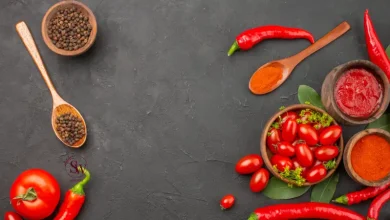What Causes Joint Pain?
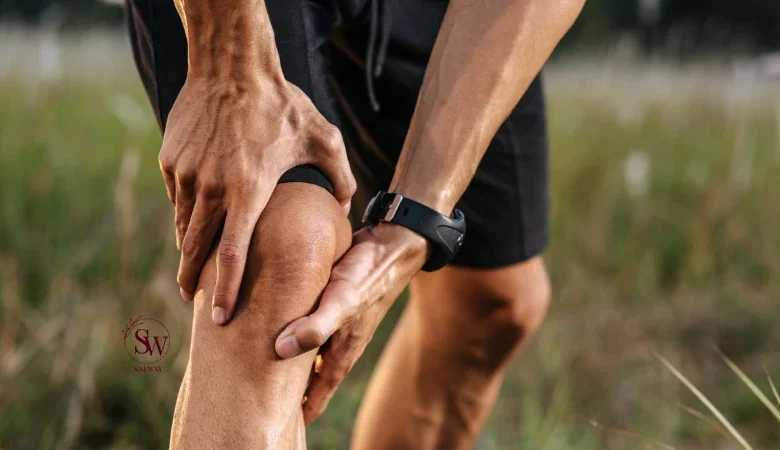
Joint pain is a common ailment that affects millions of people worldwide, significantly impacting their quality of life. Whether it’s due to age-related wear and tear, underlying medical conditions, or injury, understanding the root causes of joint pain is crucial for effective management and treatment. In this comprehensive guide, we delve into the various factors that contribute to joint pain, exploring both common and lesser-known triggers.
What Causes Joint Pain?
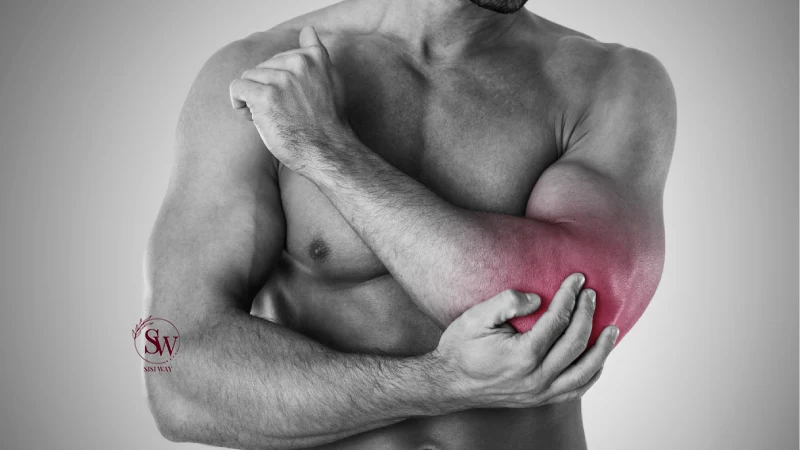
- Degenerative Conditions: One of the primary culprits behind joint pain is degenerative conditions such as osteoarthritis. Osteoarthritis occurs when the protective cartilage that cushions the ends of bones wears down over time, leading to pain, stiffness, and swelling in the affected joints. According to the Arthritis Foundation, osteoarthritis affects over 32.5 million adults in the United States alone, making it the most prevalent form of arthritis.
- Inflammatory Disorders: Inflammatory joint diseases like rheumatoid arthritis and psoriatic arthritis can also cause significant joint pain. These conditions occur when the body’s immune system mistakenly attacks healthy joint tissues, leading to inflammation, pain, and joint damage. Rheumatoid arthritis affects approximately 1.3 million Americans, with women being more susceptible than men, according to the Centers for Disease Control and Prevention (CDC).
- Injury and Overuse: Traumatic injuries, repetitive strain, and overuse of joints can result in acute or chronic joint pain. Sports-related injuries, accidents, and repetitive movements associated with certain occupations or activities can lead to ligament tears, tendonitis, bursitis, and other forms of joint damage. Studies suggest that over 1.5 million people in the United States visit emergency departments each year due to acute musculoskeletal injuries, highlighting the prevalence of joint injuries.
- Obesity: Excess body weight can exert added stress on weight-bearing joints such as the knees, hips, and lower back, contributing to joint pain and exacerbating existing conditions like osteoarthritis. According to the CDC, approximately 42.4% of adults in the United States were considered obese in 2017-2018, underscoring the role of obesity as a significant risk factor for joint pain.

- Genetic Factors: Genetics can also play a role in predisposing individuals to certain joint conditions. Certain genetic variations may increase the likelihood of developing conditions like osteoarthritis or rheumatoid arthritis. Family history of arthritis or joint disorders can be indicative of genetic predisposition, although environmental factors also play a significant role in disease development.
- Poor Posture and Alignment: Improper posture, biomechanical misalignments, and structural abnormalities can place undue stress on joints, leading to pain and dysfunction over time. Poor posture habits, such as slouching or hunching over, can contribute to spinal misalignment and subsequent joint issues. Addressing posture and alignment through corrective exercises, ergonomic adjustments, and physical therapy can help alleviate joint pain associated with poor biomechanics.
- Diet and Nutrition: Diet plays a crucial role in overall joint health, with certain foods possessing anti-inflammatory properties that can help alleviate pain and inflammation. Conversely, a diet high in processed foods, refined sugars, and trans fats may promote inflammation and worsen joint symptoms. Consuming a balanced diet rich in fruits, vegetables, lean proteins, and omega-3 fatty acids can support joint health and reduce the risk of inflammatory conditions.
- Environmental Factors: Environmental factors such as exposure to pollutants, toxins, and infectious agents may also contribute to joint pain and inflammation. Certain occupational hazards, such as repetitive exposure to vibration or chemical toxins, can increase the risk of developing joint disorders. Additionally, infections like Lyme disease, which is transmitted through tick bites, can lead to joint pain and other symptoms if left untreated.
- Hormonal Changes: Hormonal fluctuations, particularly in women, can influence joint health and contribute to conditions like osteoarthritis and rheumatoid arthritis. Hormonal changes associated with menopause, pregnancy, and menstruation can affect joint laxity, stability, and inflammation levels, potentially exacerbating existing joint issues or triggering new symptoms.
- Psychological Factors: Psychological factors such as stress, anxiety, and depression can also impact pain perception and exacerbate joint symptoms. Chronic stress can lead to increased muscle tension, inflammation, and heightened pain sensitivity, contributing to the overall experience of joint pain. Incorporating stress-reduction techniques such as mindfulness, meditation, and relaxation exercises can help manage pain and improve overall well-being.
What Helps with Joint Pain
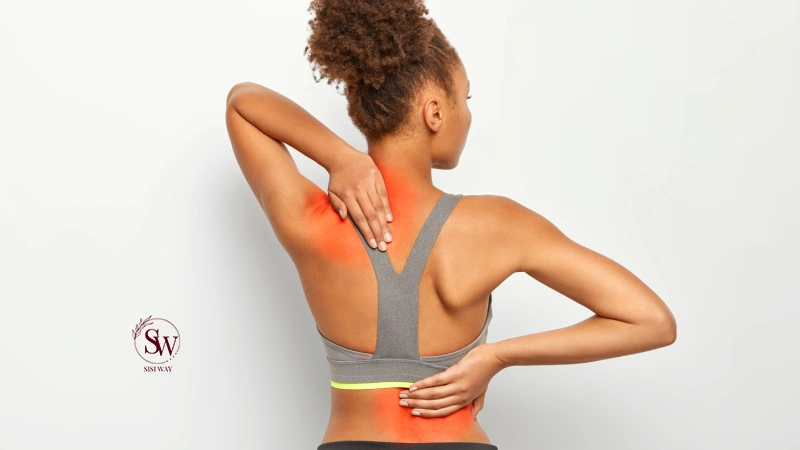
Managing joint pain involves a multifaceted approach that combines lifestyle modifications, self-care strategies, and medical interventions. While treatment options may vary depending on the underlying cause and severity of joint pain, several measures can help alleviate symptoms and improve joint function. Here are some effective strategies for managing joint pain:
- Regular Exercise: Engaging in low-impact exercises such as swimming, cycling, and walking can help strengthen muscles, improve joint flexibility, and reduce pain. Incorporating stretching and range-of-motion exercises can also enhance joint mobility and decrease stiffness. However, it’s essential to consult with a healthcare professional or physical therapist to develop an exercise regimen tailored to your specific needs and limitations.
- Weight Management: Maintaining a healthy weight is crucial for reducing excess stress on weight-bearing joints and minimizing joint pain. Losing even a small amount of weight can significantly alleviate symptoms in individuals with osteoarthritis or obesity-related joint issues. Adopting a balanced diet rich in nutrient-dense foods and controlling portion sizes can support weight loss efforts and promote overall joint health.
- Hot and Cold Therapy: Applying heat or cold therapy to sore joints can provide temporary relief from pain and inflammation. Heat therapy, such as warm baths, heating pads, or warm compresses, can help relax muscles and improve blood circulation to affected areas. Cold therapy, using ice packs or cold compresses, can numb the area, reduce swelling, and alleviate acute pain. Alternating between heat and cold treatments may offer additional benefits for some individuals.
- Over-the-Counter Medications: Non-prescription pain relievers such as acetaminophen (Tylenol) or nonsteroidal anti-inflammatory drugs (NSAIDs) like ibuprofen (Advil, Motrin) or naproxen (Aleve) can help alleviate mild to moderate joint pain and inflammation. However, it’s essential to use these medications cautiously and follow the recommended dosage guidelines to avoid potential side effects or adverse reactions.
- Topical Treatments: Topical creams, gels, or patches containing ingredients like menthol, capsaicin, or salicylates can provide localized pain relief for sore joints. These products work by stimulating nerve receptors, blocking pain signals, or reducing inflammation in the affected area. Applying topical treatments directly to the skin allows for targeted pain relief without the systemic effects associated with oral medications.
- Physical Therapy: Working with a physical therapist can be beneficial for individuals with chronic or debilitating joint pain. A physical therapist can develop personalized exercise programs, provide manual therapy techniques, and offer guidance on proper body mechanics and ergonomic principles. Physical therapy aims to improve joint mobility, strength, and function while reducing pain and preventing further injury.
- Assistive Devices: Using assistive devices such as braces, splints, orthotics, or walking aids can help support and stabilize joints, reducing pain and improving mobility. These devices can offload pressure from affected joints, provide additional support during activities, and promote proper alignment to prevent further damage. Customized orthotic inserts or supportive footwear may also be recommended for individuals with foot or ankle pain.
- Mind-Body Techniques: Mind-body practices such as yoga, tai chi, meditation, and guided imagery can help promote relaxation, reduce stress, and improve coping mechanisms for dealing with chronic pain. These techniques focus on enhancing body awareness, fostering mindfulness, and cultivating a positive mindset, which can positively impact the perception and management of joint pain.
Does Menopause Cause Joint Pain?
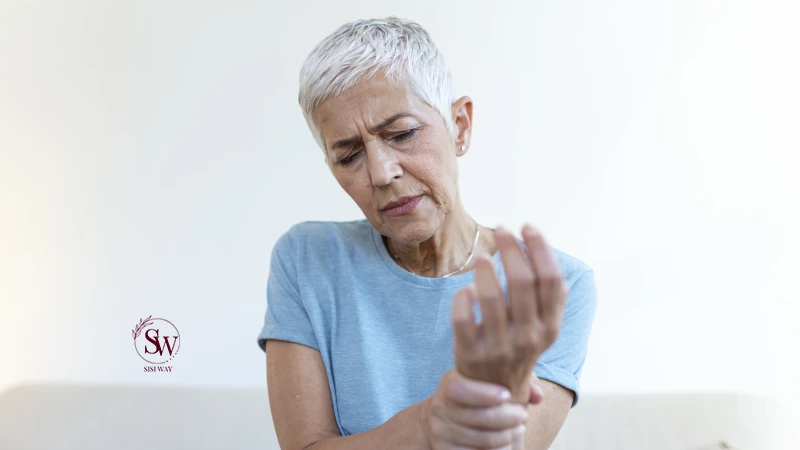
Menopause, the natural biological process marking the end of a woman’s menstrual cycles, can indeed contribute to joint pain for some women. The hormonal fluctuations associated with menopause, particularly the decline in estrogen levels, can impact joint health and exacerbate existing joint symptoms. Estrogen plays a role in maintaining joint lubrication, collagen production, and bone density, so its reduction during menopause can lead to changes in joint structure and function. Many women experience increased joint stiffness, achiness, and discomfort during perimenopause and menopause, although the severity and duration of symptoms vary among individuals. While menopause itself may not directly cause joint pain, hormonal changes during this transitional phase can influence inflammatory processes and contribute to joint-related symptoms. Managing menopausal symptoms through hormone replacement therapy, lifestyle modifications, and targeted interventions for joint health can help alleviate joint pain and improve overall well-being during this stage of life.
Conclusion
In conclusion, joint pain can stem from a myriad of factors, ranging from degenerative conditions and inflammatory disorders to injury, obesity, genetic predisposition, and environmental influences. By understanding the underlying causes of joint pain, individuals can take proactive steps to mitigate risk factors, adopt healthy lifestyle habits, and seek appropriate treatment options to manage their symptoms effectively.
FAQs:
- Is joint pain always a sign of arthritis? While joint pain is a common symptom of arthritis, it can also be caused by other factors such as injury, overuse, or structural abnormalities. It’s essential to consult a healthcare professional for an accurate diagnosis and appropriate management.
- Can joint pain be prevented? While some causes of joint pain may be unavoidable, adopting a healthy lifestyle, maintaining a balanced diet, engaging in regular exercise, and practicing proper ergonomics can help reduce the risk of developing joint issues.
- When should I seek medical attention for joint pain? If you experience persistent or worsening joint pain, swelling, stiffness, or difficulty performing daily activities, it’s advisable to consult a healthcare provider for evaluation and treatment recommendations.
- What are some non-pharmacological treatments for joint pain? Non-pharmacological treatments for joint pain may include physical therapy, exercise, weight management, hot and cold therapy, acupuncture, and supportive devices such as braces or orthotics. These modalities can help alleviate pain and improve joint function without relying solely on medication.
-
Are there any natural remedies for joint pain? Certain natural remedies such as turmeric, ginger, fish oil, glucosamine, and chondroitin sulfate have been studied for their potential anti-inflammatory and pain-relieving effects. However, it’s essential to discuss with a healthcare provider before incorporating any supplements or alternative therapies into your regimen, especially if you have underlying medical conditions or are taking medications.
